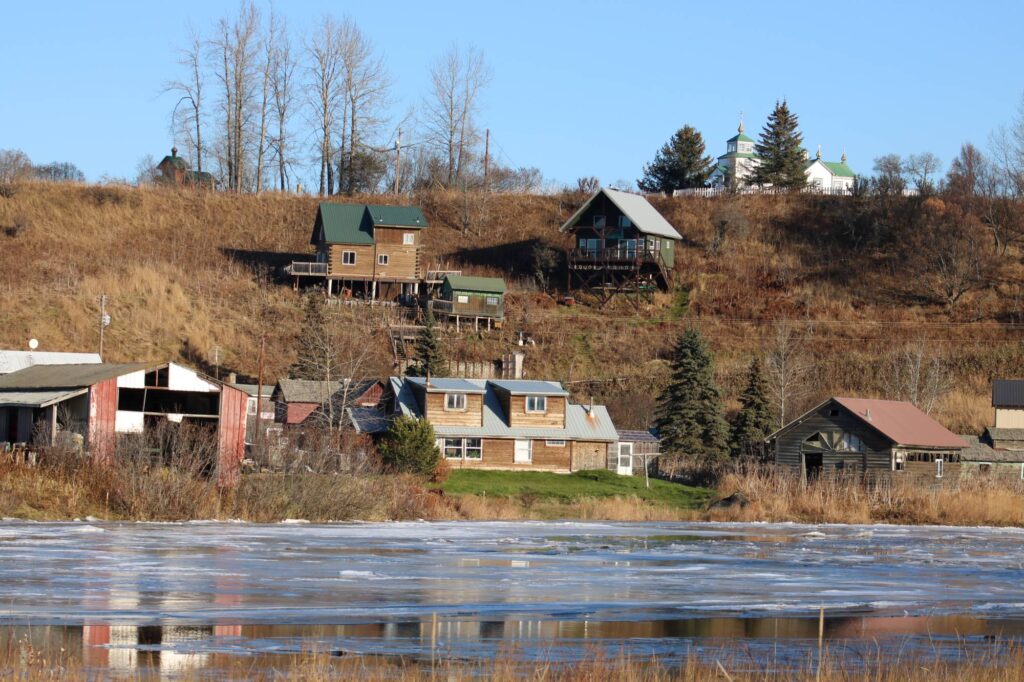Historical Origins
The Ninilchik Village Tribe has deep roots in the ancient Indigenous peoples of the southern Kenai Peninsula. The tribe’s original settlements were established by the Dena’ina people, an Athabaskan culture native to the south-central region and Cook Inlet of Alaska.
It is widely believed that the Dena’ina were among the first Indigenous groups to migrate from East Asia and Siberia to North America via the Bering Land Bridge. Athabaskan cultures are spread across various regions, including Alaska’s interior, alpine Canada, the Pacific Northwest, northern California, the American Southwest, and north-central Mexico. Despite distinct identities, these cultures share many common traits. The Dena’ina are particularly notable for establishing permanent coastal settlements and developing advanced maritime traditions, which are reflected in their subsistence and trade practices that value both oceanic and inland resources.
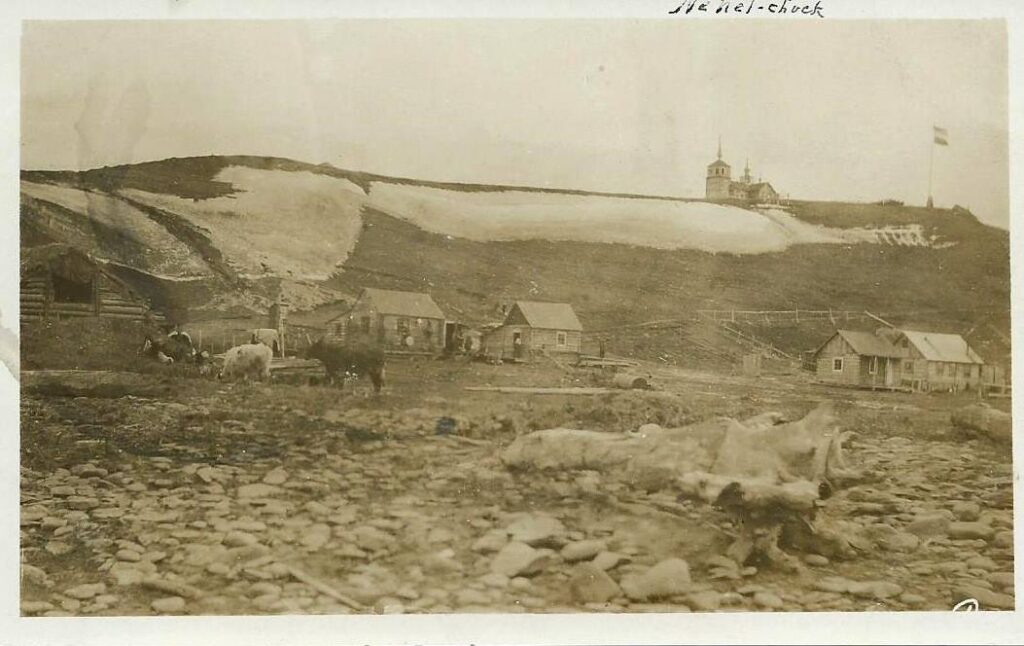
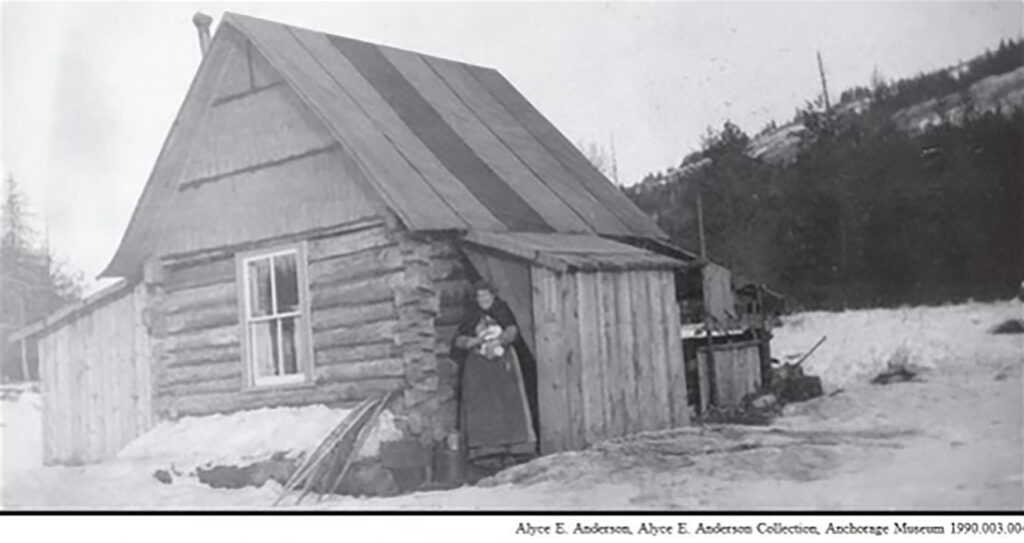
Cultural Connections
The Ninilchik Tribe, originally influenced by the Dena’ina culture, has developed a distinct cultural identity shaped by multiple waves of external influences over a relatively short period. The tribe shares historical connections with the Kenaitze, Salamatof, and Seldovia tribes, all of which are part of the broader Dena’ina cultural group. While each of these tribes maintains its own cultural practices, they have intermingled with the Ninilchik people for generations. These tribes also share a common language, the Outer Inlet dialect of Dena’ina.
The Ninilchik Tribe’s original settlements reflect a blend of traditions and languages from both the Kenai and Kachemak regions of Dena’ina culture. This fusion is evident in various aspects, including language, geography, and subsistence practices, which distinguish the Ninilchik’s cultural heritage.
Traditional Interactions
Prior to European contact, many Alaska Native tribes practiced a semi-nomadic lifestyle. They moved between different settlements seasonally to take advantage of available resources.
This mobility facilitated interactions not only with other Dena’ina groups but also with tribes from neighboring cultural regions, such as the Ahtna, Yup’ik, and Alutiiq. The Alutiiq, whose ancient settlements are located around the south Kenai Mountains, Kachemak Bay, and the eastern Kenai Peninsula, had significant contact with the Ninilchik Tribe. These interactions led to extensive cultural exchange across various aspects of tribal life.
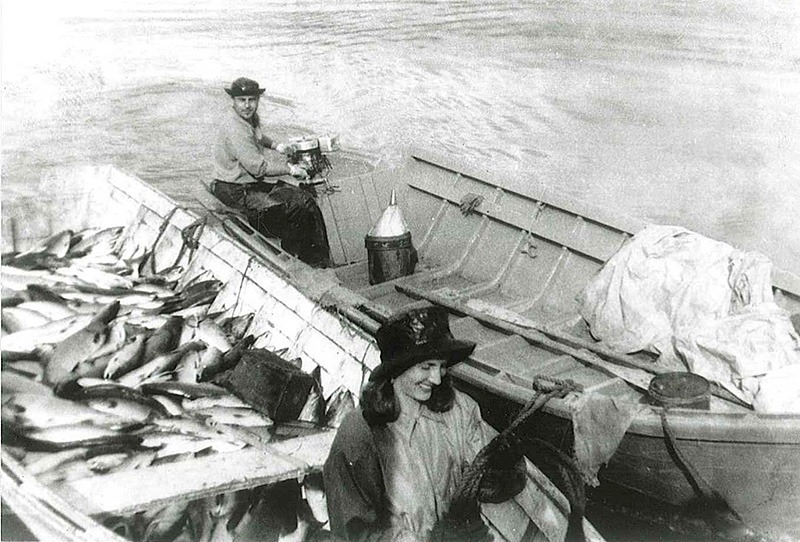
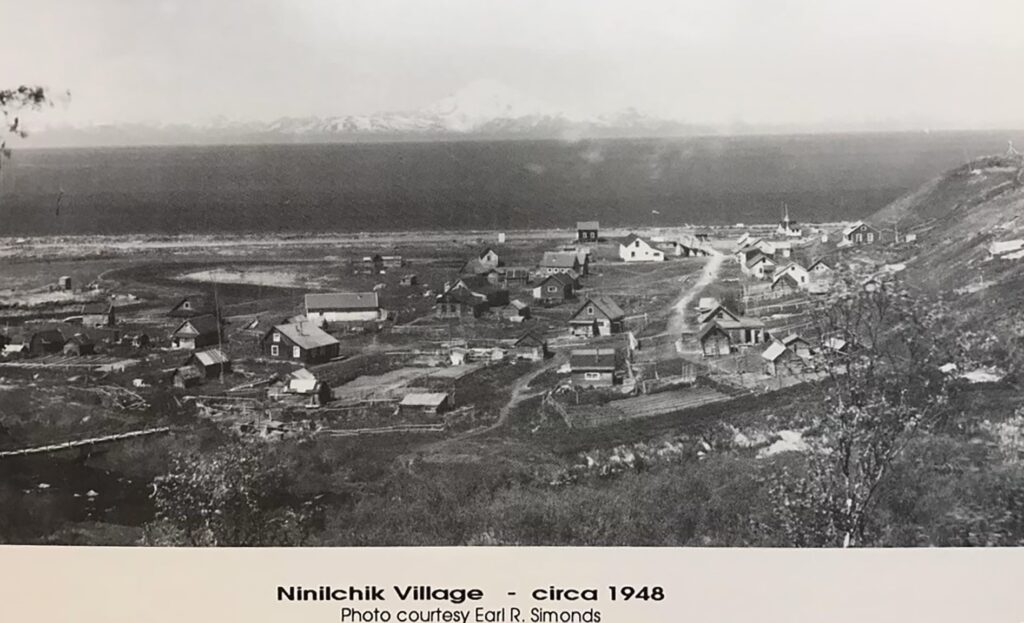
Russian Settlements
In 1799, the Russian Empire established Russian America and formed the Russian American Company to manage colonial production and trade. This expansion included regions such as southeastern Alaska, Cook Inlet, the Aleutian Islands, and parts of northern California’s coast. Despite the negative impacts of foreign diseases, conflicts, and cultural coercion on indigenous populations, interactions between Russian settlers and local tribes were generally peaceful. The presence of Russian settlements introduced Eastern European culture into indigenous communities, leaving a lasting influence on tribal populations.
Over time, as Russian settlements became more integrated and established, conflicts and hardships became less frequent. Historical documents from the colonial era indicate that the Russian Ninilchik Village – located near the mouth of the Ninilchik River – was founded in the early 19th century. The village served multiple purposes, including providing a community for retired colonists and attempting to establish an agricultural center.
Ninilchik Creoles
Policies that encouraged intermarriage with the indigenous population to ensure the longevity and success of the colonial settlement changed the cultural makeup of the tribal people. So much so that some population records, well after the United States’ purchase of Alaska in 1867, referred to mixed Niqnalchint Dena’ina and Russian people as “Ninilchik Creoles.”
This term was inspired by the Creole culture in Louisiana, which emerged from a similar blending of cultures following the American acquisition of Louisiana from France in 1803. The term reflects the unique cultural synthesis achieved by the post-colonial Ninilchik people.
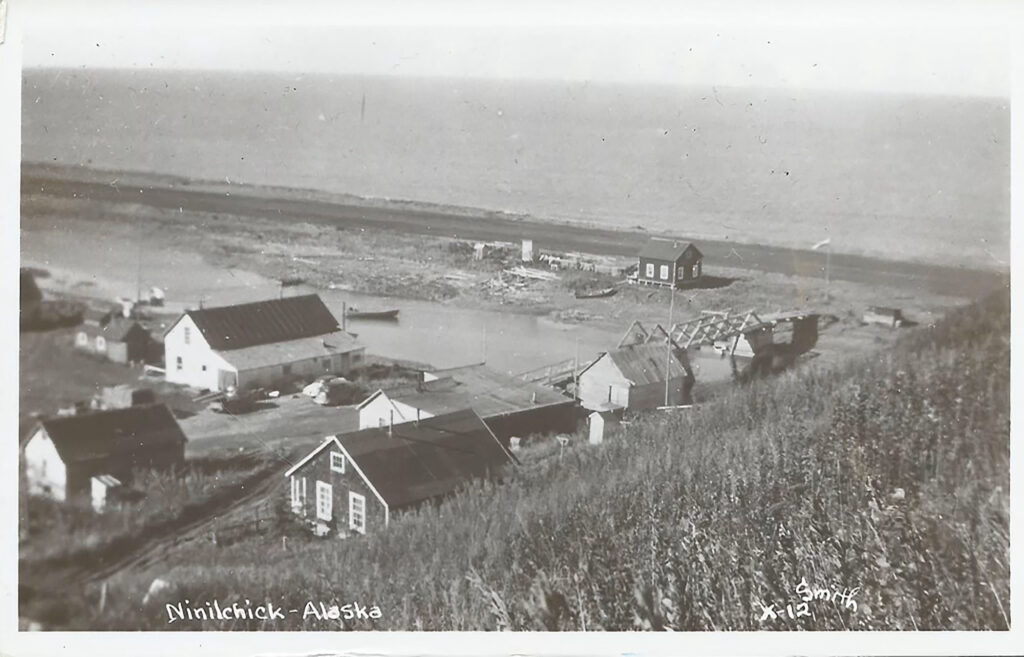
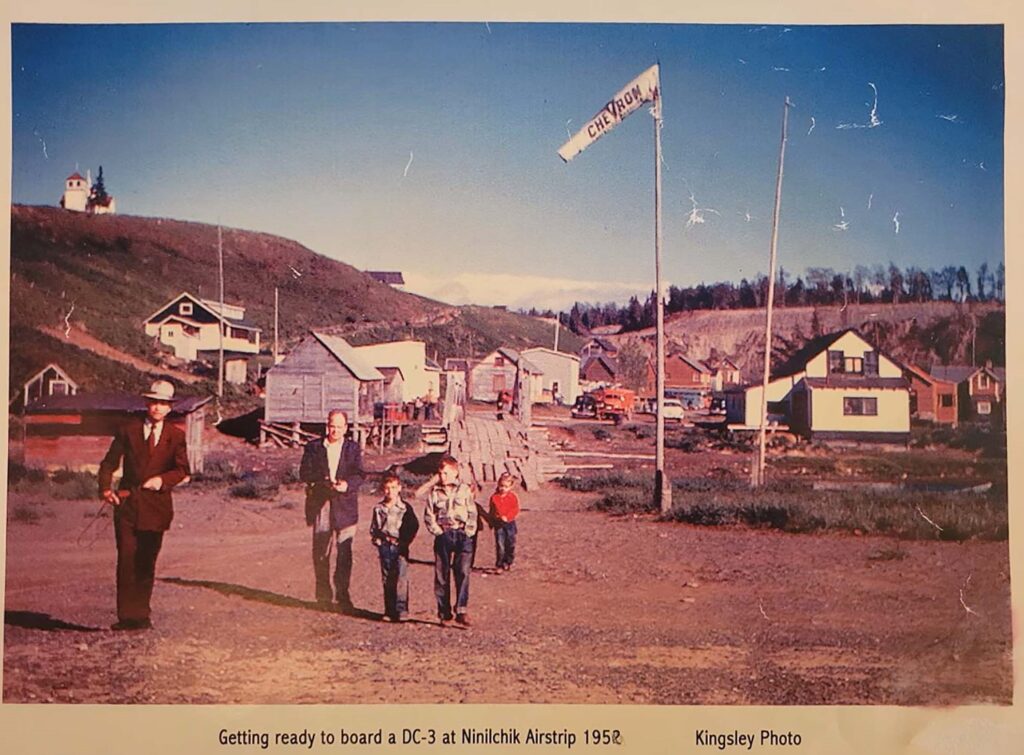
Gold Rush to Statehood
In the late 19th century, the gold rush in the Alaska and Yukon Territories attracted thousands of people seeking mineral wealth. Following the formal establishment of the Alaska Territory in 1912, an increasing number of Americans and Europeans traveling north through Canada came to Alaska with the dual goals of striking it rich and establishing new lives. These pioneers built permanent cabins and homesteads, which introduced a complex layer of cultural influences to Alaska’s tribal populations. Significant among these were aspects of domestic and agricultural life, such as cooking, home gardening, and livestock management, reflecting a diverse range of Americanized European cultures and ethnicities.
Between World War I and the end of World War II, these homesteads rapidly evolved into villages, neighborhoods, and entire towns. The influx of settlers and the Americanization of Alaska contributed to its statehood in 1959. Later in the 20th century, the formal establishment of federally recognized Native Sovereign Nations laid the groundwork for the modern Ninilchik Village Tribe.
North to the Future
Today, the Ninilchik Village Tribe comprises nearly 1,100 members representing a rich tapestry of mixed cultures. These members reside in various communities across tribal lands, throughout Alaska, and across the United States. The tribe currently has a semi-open enrollment policy, allowing non-Ninilchik descendants with Bureau of Indian Affairs recognition to join as non-voting members if they meet specific criteria, including establishing permanent residence within tribal boundaries. As a result, the modern tribe includes individuals who are not direct lineal descendants of the Ninilchik but are part of a diverse community encompassing Alaska Native, American Indian, Native Hawaiian, and other cultural backgrounds. The tribe’s social fabric reflects this diversity, with members engaged in a wide range of professions, beliefs, and lifestyles.
Having experienced rapid changes over the past two centuries, the Ninilchik Village Tribe maintains its sovereignty by integrating new ideas and technologies with traditional practices and ancient knowledge. The tribal organization is committed to ensuring the strength and health of its people and lands for future generations, striving to preserve its culture as it has since time immemorial.
